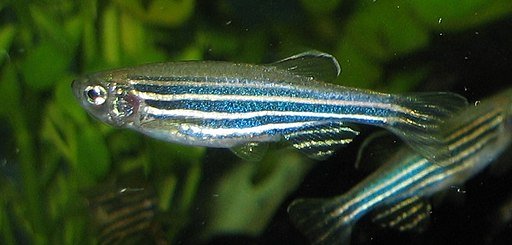Cancer remains one of the most challenging medical conditions, sparking extensive research efforts worldwide to unveil its mysteries and discover effective treatments. Animal models have become indispensable tools in this scientific pursuit, providing invaluable insights into cancer development, progression, and therapeutic interventions. Leveraging a wide range of animal models, researchers can explore the complexities of cancer in living organisms, paving the way for breakthroughs in understanding and treating the disease.
Why Animal Models Are Essential

The use of animal models in cancer research is driven by their ability to mimic human biological systems in ways that cellular models cannot. These models provide a holistic approach to studying cancer, offering insights into tumor growth, metastasis, and the body’s response to various treatments. By studying animals with cancer, scientists can observe the interaction of cancer cells with other cellular and systemic processes, offering a more comprehensive examination than in vitro studies alone.
Types of Animal Models Used in Cancer Research

Researchers use a variety of animal models, each offering unique advantages. Mice are the most common due to their genetic similarities with humans, ease of manipulation, and short reproductive cycles. Zebrafish are also valuable for their transparent embryos and rapid development, enabling real-time observation of tumor growth. Furthermore, canine models are increasingly recognized for studying cancers that are similar to those found in humans.
The Impact of Genetically Engineered Models

Genetically engineered models (GEMs) have revolutionized cancer research. By altering specific genes, scientists can create animal models that develop tumors resembling human cancers at a molecular level. These models help in studying genetic contributions to cancer and testing targeted therapies. For instance, GEMs have been integral in researching BRCA-related breast cancer and exploring the effectiveness of PARP inhibitors.
Advancements through Xenograft Models

Xenograft models involve transplanting human cancer cells into immunocompromised animals, usually mice, to study tumor behavior and test treatments in a living organism. These models provide a platform for drug testing and personalized medicine, as they can be derived from patient-specific tumors. Researchers can evaluate how cancer responds to treatments, leading to more tailored therapeutic strategies.
Animal Models and Drug Development

Animal models are critical in the preclinical testing phase of drug development. Before new cancer treatments reach human trials, they must prove safe and effective in animals. This stage helps identify potential side effects and refine dosing strategies. Successful trials in animal models can accelerate drug development, ensuring only the most promising candidates advance to human testing, thereby protecting patients from undue risk.
Ethics and Future Directions

The use of animals in research brings forth ethical considerations, emphasizing the need for humane treatment and minimizing harm. Regulatory bodies ensure that animal research adheres to strict ethical guidelines, advocating for the 3Rs: Replacement, Reduction, and Refinement. Advances in technology, such as organ-on-a-chip systems and computational models, are poised to complement animal research, potentially reducing the reliance on animal models in the future.
Conclusion: Paving the Way for New Treatments

Animal models have been instrumental in advancing cancer research, offering nuanced insights that are crucial for developing effective treatments. While ethical considerations remain paramount, the continued evolution of these models, alongside emerging technologies, will undoubtedly enhance our understanding and management of cancer. As researchers build on these foundations, the potential for novel, life-saving cancer therapies continues to grow, offering hope to millions worldwide.




